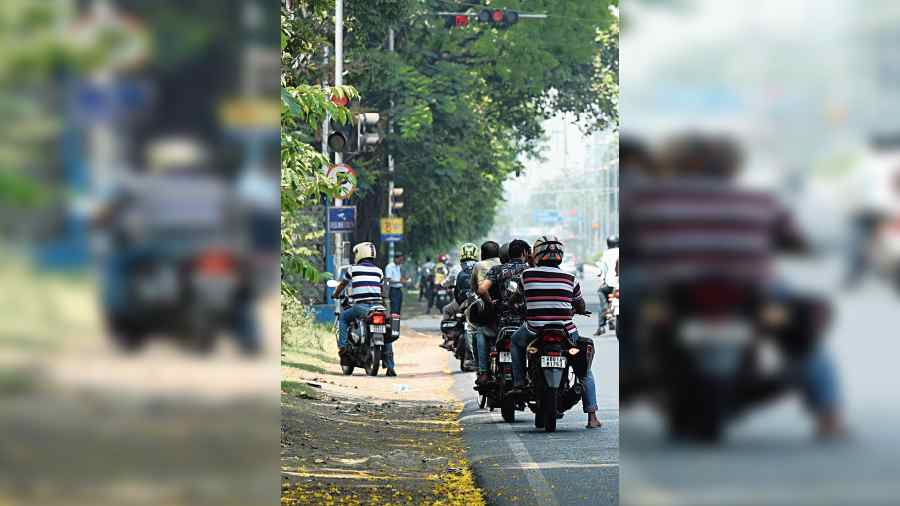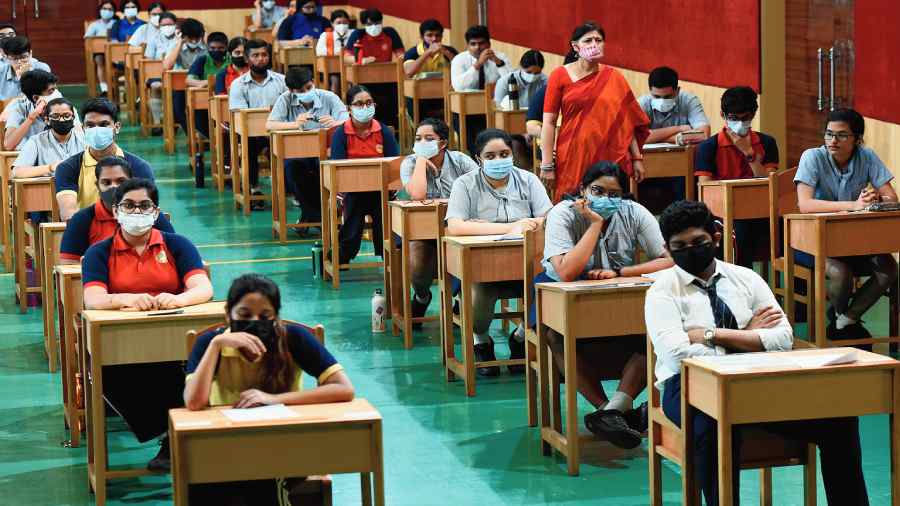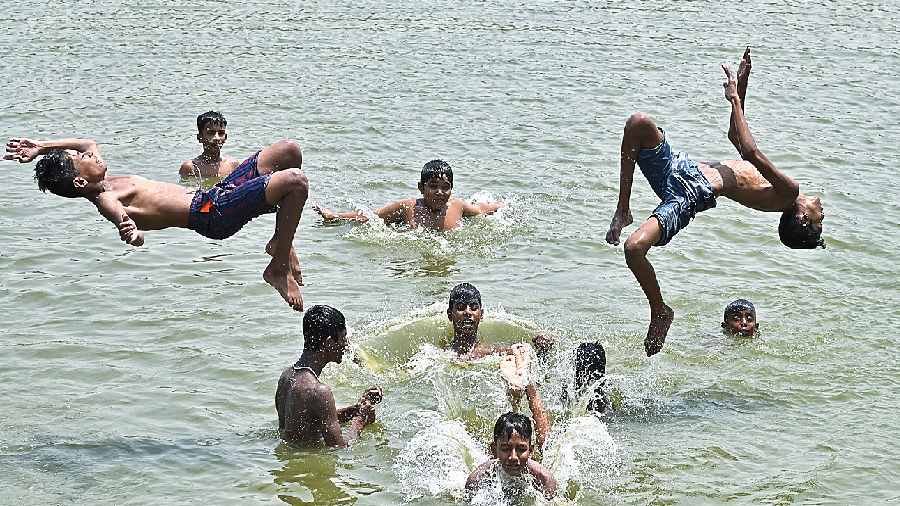The possibility of a link between the prolonged dry spell in south Bengal and climate change cannot be ruled out, a senior Met official said on Tuesday.
The spell is an addition to a series of “unusual” climatological events this year, said Sanjib Bandyopadhyay, deputy director-general of the India Meteorological Department, Kolkata.
But he also gave a disclaimer that “one year’s aberrations” were far from enough to substantiate any link with long-term climate change.
“There could be a global connection (between the prolonged dry spell and climate change). February saw unusually high rain in south Bengal. There were two unseasonal deep depressions over the Bay of Bengal in March. One of them almost turned into a cyclone. Rajasthan and parts of northwestern India were in the grip of a heat wave in March. Usually, this happens in April and May. Now, there is this long spell without rain or Nor’wester,” Bandyopadhyay said at a workshop at the Met office in Alipore.
“Extreme weather events are happening more frequently than before, maybe because of climate change. But data from one year or two years cannot be conclusive. This needs extensive research.”
The Celsius dipped slightly in Kolkata on Tuesday, mainly because of rising humidity level. The maximum temperature was 37 degrees, still two notches above normal. The minimum relative humidity was well over 50 per cent, up from around 30 on Monday.
The heatwave conditions will prevail in south Bengal districts for the next couple of days, according to the Met forecast.
There is virtually no chance of rain in south Bengal till April 29, said Met officials.
“The conditions will start becoming favourable (for rain) after April 29. From May 2, there is a possibility of scattered thunderstorms in south Bengal,” said Bandyopadhyay.
At the workshop, G.K. Das, director of the IMD, Kolkata, explained the reasons for the prolonged dry spell in south Bengal.
Lack of moisture
A high-pressure area over the north Bay is ideal for moisture flow into Kolkata. In the recent past, such systems mostly formed over the south Bay.
“As a result, the moisture-laden winds are entering Andhra Pradesh and Odisha before heading to Bengal. The moisture is being soaked up en route and the winds are becoming dry south westerlies as they enter south Bengal,” said Das.
No push
A cyclonic circulation or a trough of low pressure works as a “lifting mechanism” for the moisture just above the surface of the earth. Ideally, these systems form over the Chhotanagpur plateau and help lift the moisture to the higher reaches, where they meet hot and dry westerly winds. Together, they lead to the formation of thunderclouds.
“But over the past two months, there has only been one cyclonic circulation over Jharkhand,”said Das.
Stable condition
Usually, instability in the wind speeds is a feature of the pre-monsoon period. “For example, if the speed of the westerly winds is 20kmph up to 1km from the surface, it becomes 30kmph between 1km and 2km from the surface. The variation is called instability and that fuels the formation of thunderclouds,” said Das.
“But now, the speed is stable. From the surface to 5km, the speed varies between 15 and 25kmph,” he said.
Hot winds
Hot and dry winds from northwestern India dominate the western districts of Bengal almost every summer. But these winds face resistance from easterly winds as they come closer to coastal areas.
“This year, in the absence of moisture, these winds are getting free access into Kolkata and surrounding areas,” said Das.




